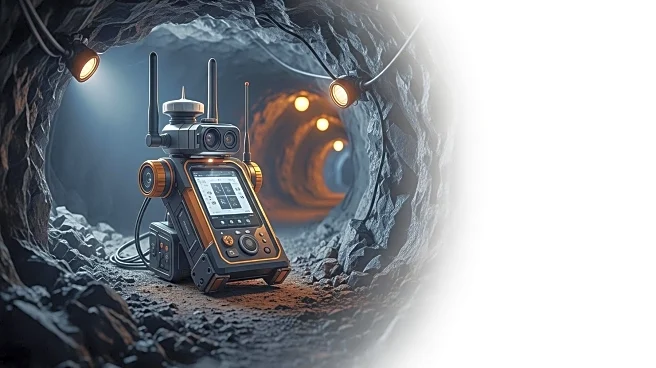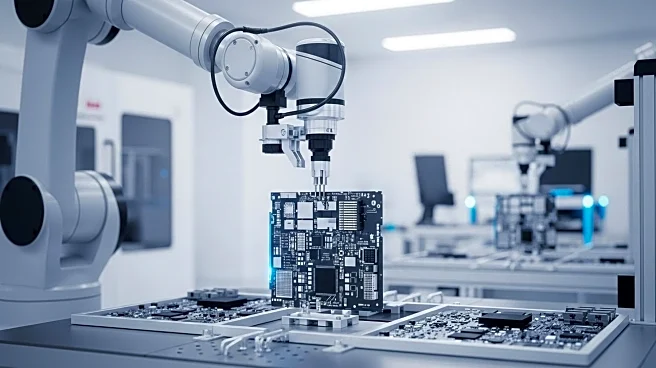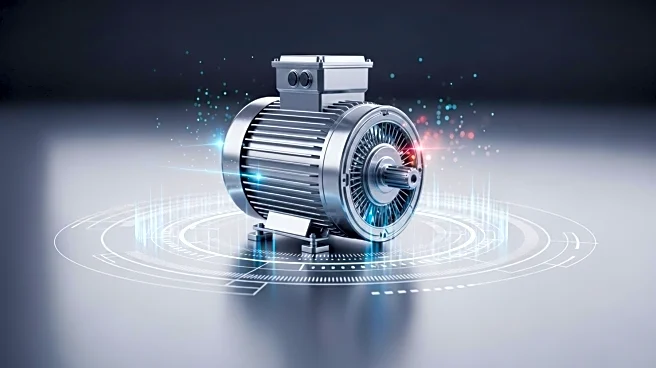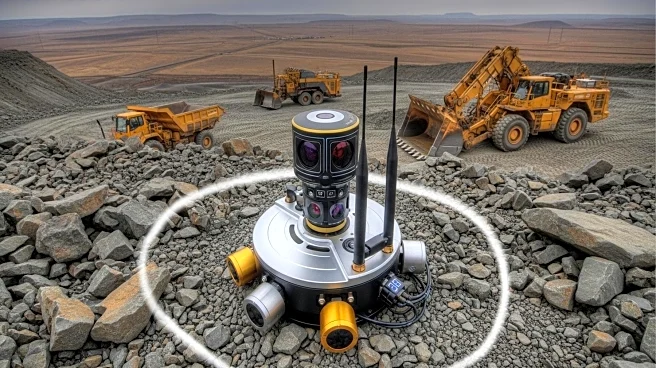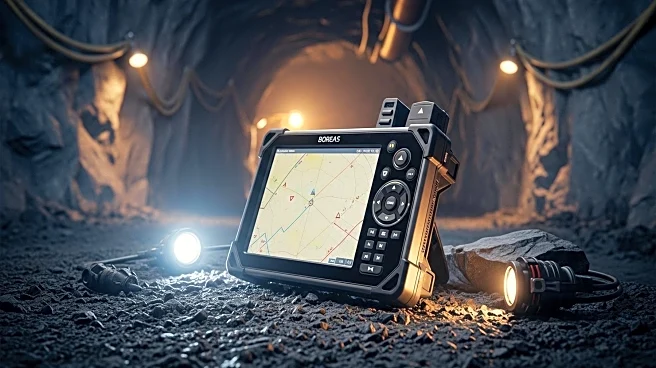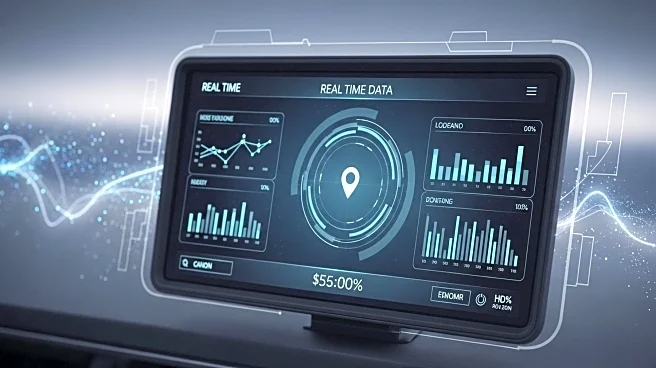What's Happening?
Advanced Navigation has announced the expansion of its Boreas range with the introduction of the 50 Series, a high-performance inertial navigation system designed for GNSS-denied mining environments. The 50 Series includes two variants: the A50, an attitude
and heading reference system, and the D50, a strategic-grade inertial navigation system. These systems are equipped with North-seeking gyrocompasses capable of determining true North, enhancing navigation accuracy in challenging conditions. The Boreas 50 Series aims to improve operational efficiency and safety in mining operations by providing reliable positioning and heading data.
Why It's Important?
The launch of the Boreas 50 Series addresses a critical challenge in mining operations: the lack of reliable navigation data in GNSS-denied environments. By offering precise North-seeking capabilities, the system enhances the accuracy of automated systems, reducing downtime and improving safety. This development is significant for the mining industry, as it enables more efficient resource utilization and decision-making. The technology also represents a step forward in navigation systems, potentially influencing other sectors that require precise positioning in challenging environments.
What's Next?
Advanced Navigation plans to integrate the Boreas 50 Series into existing and new platforms, streamlining upgrades and reducing installation time. The company is also rolling out an all-band GNSS upgrade across its flagship inertial navigation solutions, further enhancing performance and reliability. As the Boreas 50 Series gains traction, it may lead to increased adoption in the mining industry and beyond, driving innovation in navigation technology. Stakeholders will be watching closely to see how this system impacts operational efficiency and safety in mining environments.
Beyond the Headlines
The introduction of the Boreas 50 Series could have broader implications for industries that operate in GNSS-denied environments, such as underground construction and exploration. The technology's ability to provide accurate navigation data without reliance on GNSS signals may lead to new applications and innovations in these fields. Additionally, the system's advanced sensor fusion capabilities highlight the potential for further advancements in autonomous systems and artificial intelligence, as reliable navigation data is crucial for these technologies.
